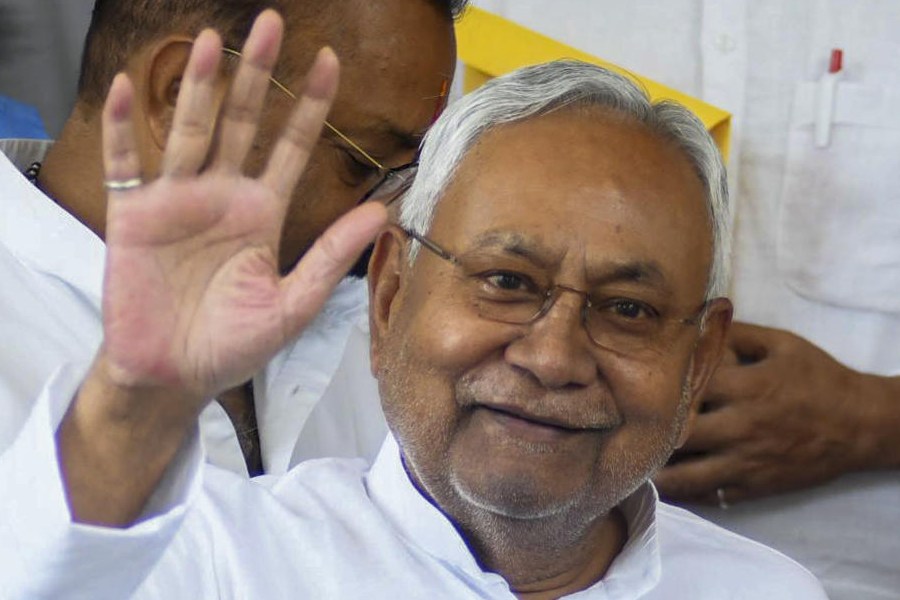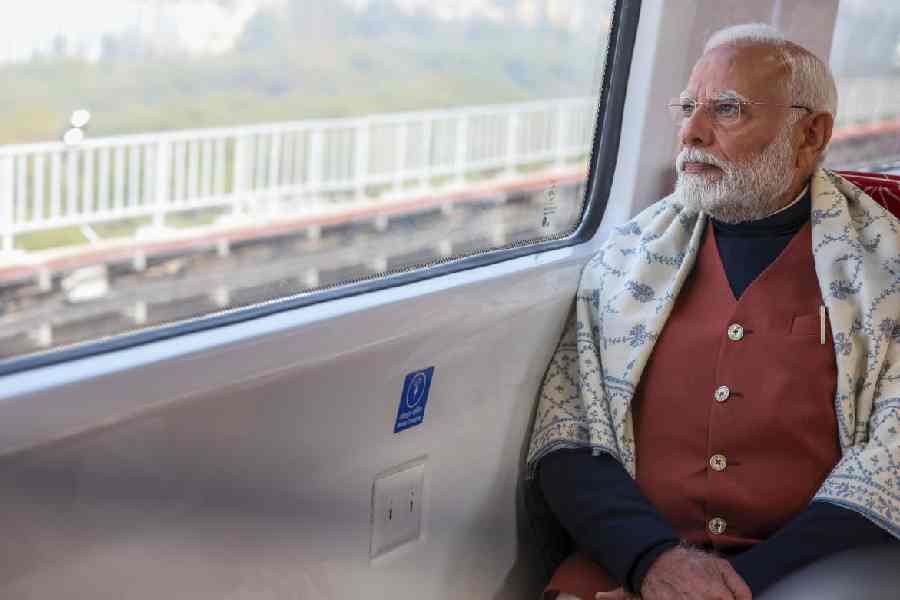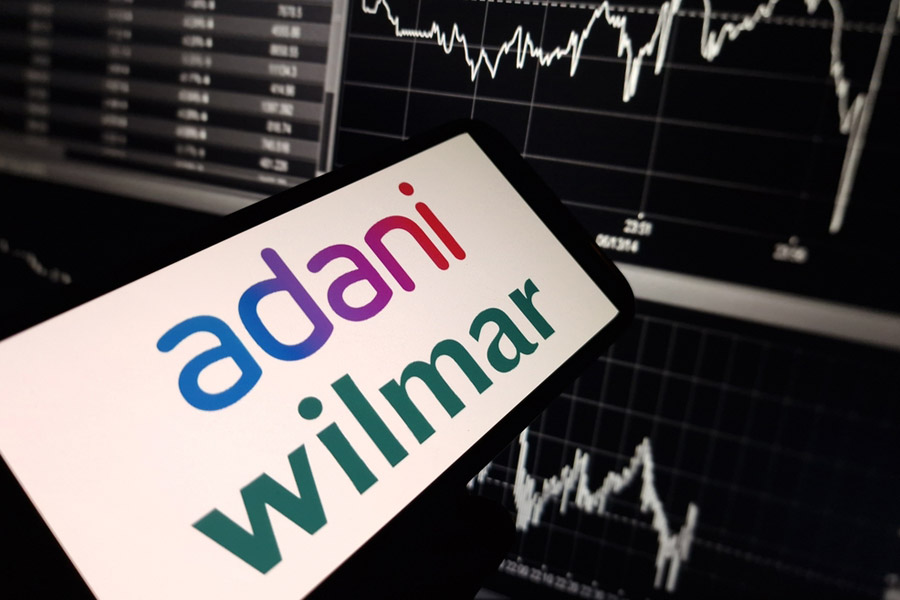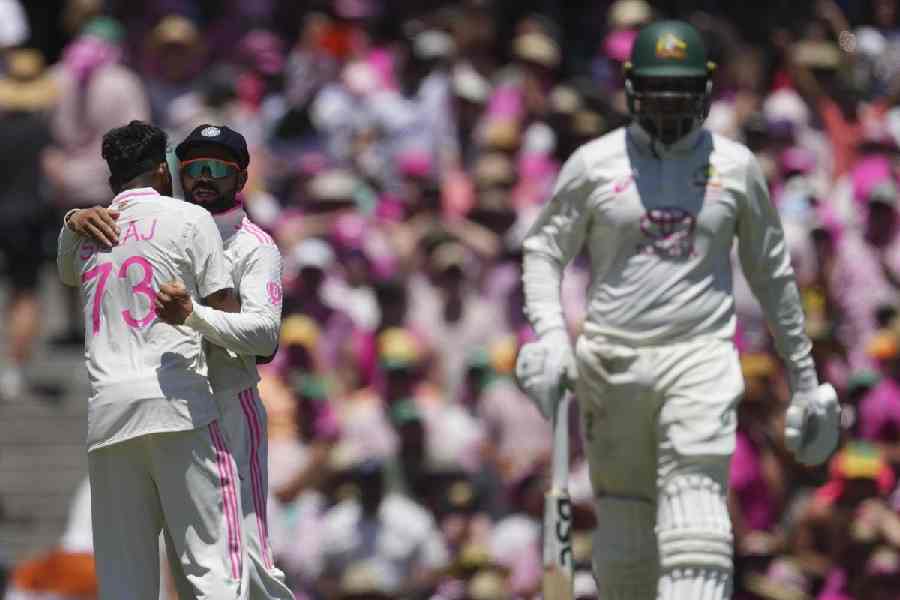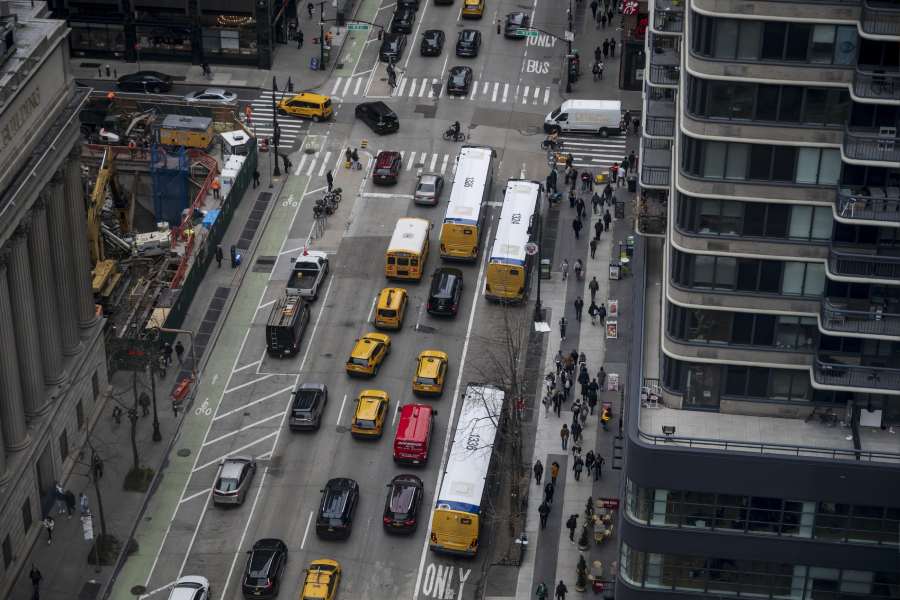Urban planners and bridge engineers have questioned Lalbazar’s decision to have only one-way traffic movement on the Lockgate flyover as part of the Tallah bridge traffic diversion plan.
Two-way traffic movement is possible with restricted speed, they said. Police cannot be planners. For any traffic diversion within urban limits the priority should be on how fast people can reach home, according to them.
The Lockgate flyover is 6.09m (around 19.9ft) wide, some engineers told Metro on Wednesday. Some said it was 6.6m (about 21.6ft).
Going by the rule book, a two-way flyover should ideally be at least 7.5m wide.
The original plan was to have four lanes but the Lockgate flyover ended up with two lanes because of space constraint, a Hooghly River Bridge Commissioners official said.
Several government engineers Metro spoke to over the past few days said planners should find a way to use the flyover to its maximum potential. Some of the points listed by them:
⚫The width is a challenge for two-way movement but it is not impossible.
⚫If speed bumps are installed and speed is monitored, a two-way traffic movement is possible with the available width.
⚫If running two buses side by side is a challenge, one lane can be used for buses while the other for smaller vehicles.
⚫Spring posts can be installed to act as a divider and then traffic movement monitored. It is a challenge given the space constraint but not impossible.
⚫Engineers from the PWD, the CMDA, and the transport department can work out a plan along with cops.
Senior officers in Lalbazar said the decision to run vehicles one-way round the clock on the Lockgate flyover from February 1 (the Tallah bridge will be shut down on January 31 midnight for its demolition) was taken based on the available road space.
The flyover connects BT Road and Bagbazar. If vehicles headed for BT Road have to be drained out fast, two-way traffic movement on the flyover is out of the question, an officer said.
“Once vehicles from all directions, including Central Avenue and Shyambazar, start converging at Bagbazar to move towards BT Road, faster disposal is vital,” the officer said. “If we go for a two-way movement, this won’t be possible and the ripple effect will be felt in the form of huge snarls.”
Samiran Sen, an independent consultant in the team of advisors to the CMDA recommending a health check on bridges in the city, refused to accept the argument.
“As planners, the top priority should be how fast we can reach urban commuters to their destinations,” he said. “In case of inter-urban connectivity, the thrust is on ferrying commuters at the cheapest. So, the two priorities are different. In case of Tallah, ease of commuting must get preference over dispersal of vehicles.”
Commuters said the plan to make a detour down Dum Dum Road from Chiria More to reach Belgachhia and then the five-point crossing in Shyambazar would make it a punishing journey for the next three years (the expected time for the new bridge to come up).
“Even if vehicles move slowly on the flyover towards Bagbazar from BT Road, we don’t mind. That would save us a detour of at least 9km,” Satyajit Roy, a resident of Sodepur, said.
A CMDA engineer said when a lane is planned a vehicle’s width is considered to be 2.5m. In case of two lanes, it would be 5m plus a metre for a divider. If spring posts are to be installed, each of them will take up .2m space, he said.
“Running two buses side by side on the remaining space will be challenge,” the engineer said. “The only way out is speed restriction. If the government wants, the PWD, the CMDA, the traffic department and other agencies can sit together and prepare a plan for a trial run before taking the final call.”


